10 THINGS YOU DIDN’T KNOW ABOUT CHICKENS
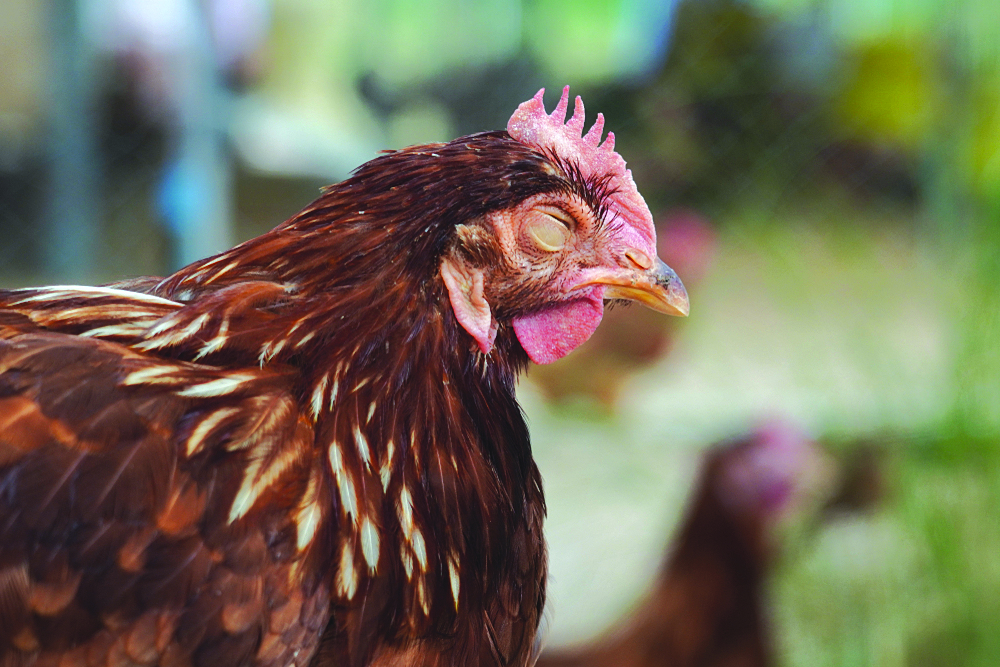
Unlike humans, chickens experience unihemispheric slow-wave sleep, which involves only half of the brain being at rest. This is the reason chickens can often be observed snoozing with only one eye shut, allowing them to keep the other eye open in case there are any predators nearby.
Chickens are so much more th are so much more than just food on one’s plate. The popularity and availability of drumsticks, nuggets, and fillets might have caused many of us to forget that chickens are sentient beings who can feel and think just like other animals.
If more people took the time to understand how special these feathered friends are, perhaps chickens would no longer be part of our restaurant menus. Here are ten things you probably didn’t know about chickens!
- CHICKENS HAVE DREAMS
Just like humans, dogs, cats, and other mammals, chickens have been known to dream. According to a 2016 article by the Modern Farmer, chickens do experience the rapid-eye movement (REM) phase of sleep present in mammalian sleep. What they dream about, we may never know!
2. CHICKENSARE EMPATHETIC
A 2015 article by Science World detailed the results of two UK studies analyzing if adult female chickens could feel empathy for fellow chicks and chickens. By measuring changes in the chickens’ bodies, such as heart rate and eye temperature, the scientists came to the conclusion that hens felt emotional stress when their chicks had air puffed at their faces.
However, hens in another study exhibited no signs of stress when they witnessed adult female chickens being aimed with puffs of air, perhaps because the chickens didn’t seem to be in as much danger as the chicks.
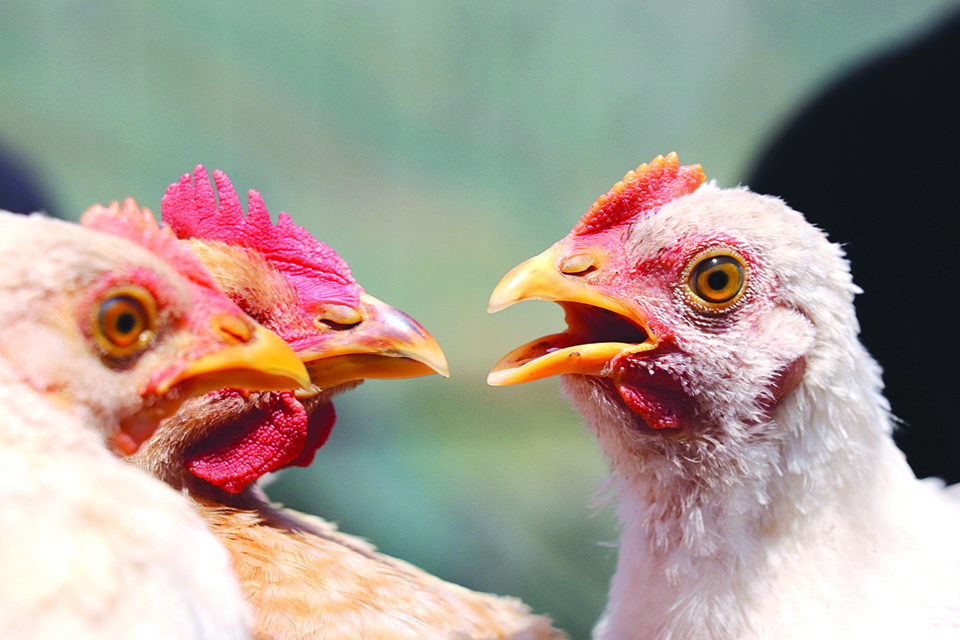
3. CHICKENS TALK TO EACH OTHER
Believe it or not, conversations with chickens aren’t made up of just cluck cluck cluck all the time! Chickens are known to be capable of at least 30 different calls using simple syllables, such as pok and brawk. They could be signaling other chickens to mate or eat, or they may even be warning them about predators in the area.
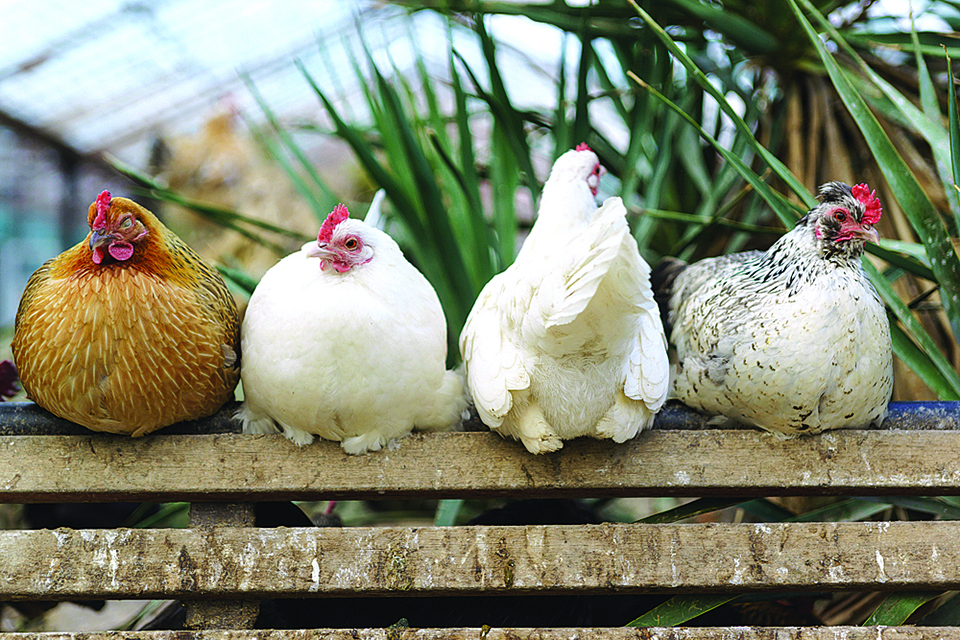
4. NOT EVERY CHICKENIS THE SAME
According to a 2020 article by Animals Australia, an animal protection organization, every chicken has their own personality. They might want to be on their own or hang out with the crowd. They might like certain types of food more than others.
In the words of Lori Marino, a neuroscientist and expert in animal behavior and intelligence, “Chickens are behaviorally sophisticated.”
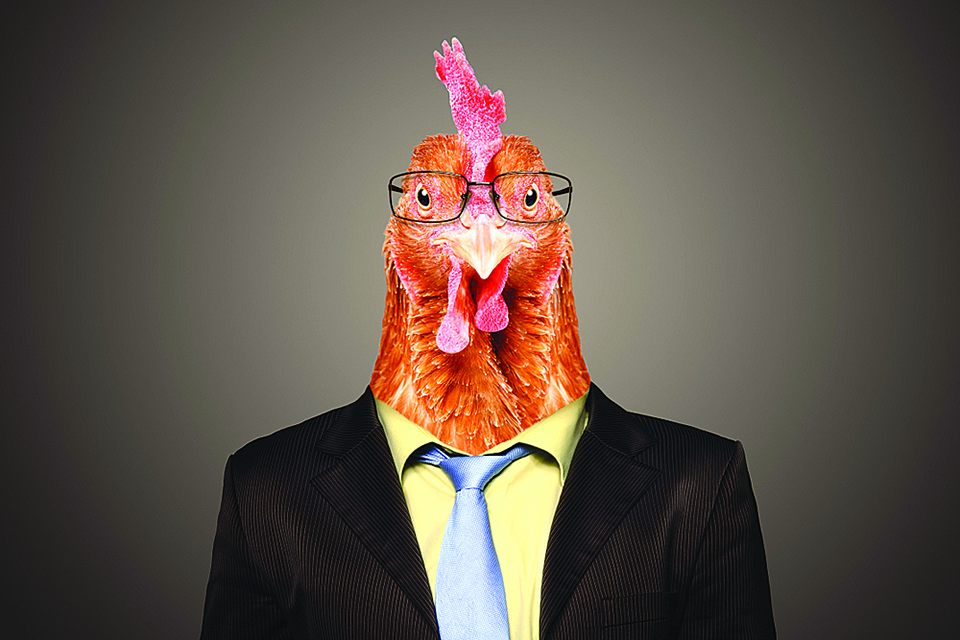
5. CHICKENS ARE INTELLIGENT
It’s high time we reevaluate what we mean when we say bird-brained. A 2017 study reported by The Age newspaper found that chickens were socially aware, were able to wait for food rewards, and even knew how to manipulate other chickens by making false food calls.
Morino, the author of the study, said it best: “Unlike many other birds, chickens are categorized as a commodity, devoid of authenticity as a real animal. But chickens have the capacity to reason and make logical inferences. They perceive time intervals and may be able to anticipate future events.”
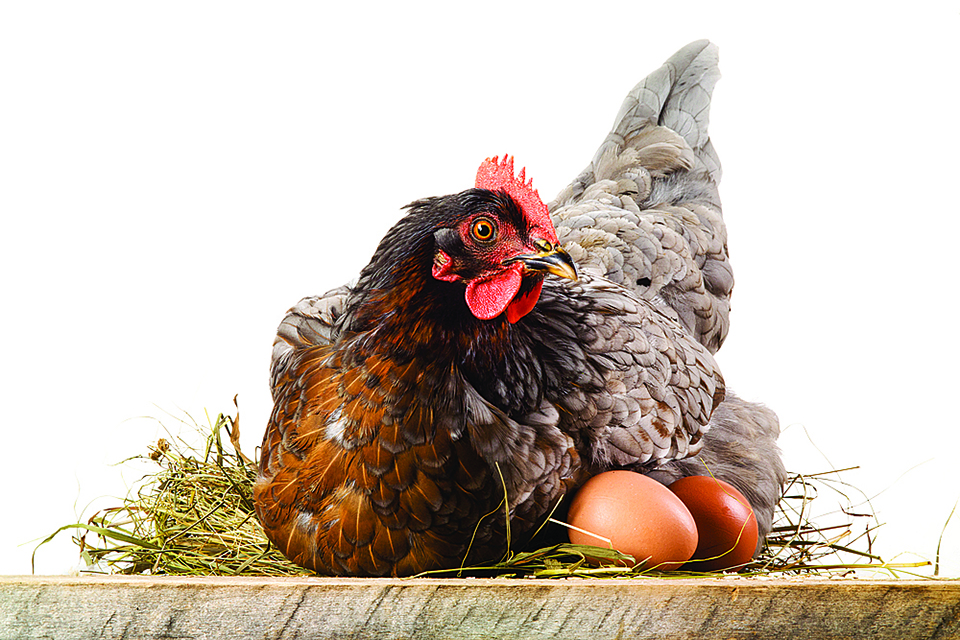
6. HENS HUM TO THEIR EGGS
According to a 2020 article by Treehugger, a sustainability website, hens are known to talk to their eggs by humming or clucking to them. This makes sense, considering that chicks are able to hear sounds after around 12 days of incubation. This not only improves how their brain develops but strengthens their bond with their mother.
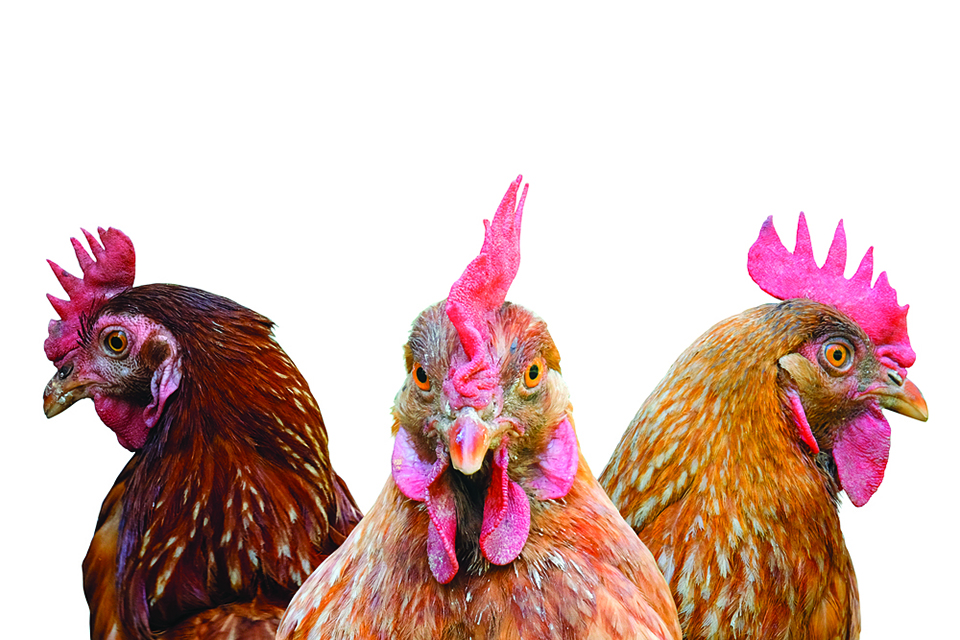
7. CHICKEN COMBS HOLD MEANING
Chicken combs, the red growth on top of chickens’ heads, can indicate sickness. If a chicken’s comb has shrunk or is showing signs of illness like paleness or dryness, the chicken might be sick. If a hen’s comb is healthy or large, however, she’ll be able to lay more eggs.
If a male chicken’s comb is especially red, he’s probably very fertile, which means he’ll be able to attract more hens.
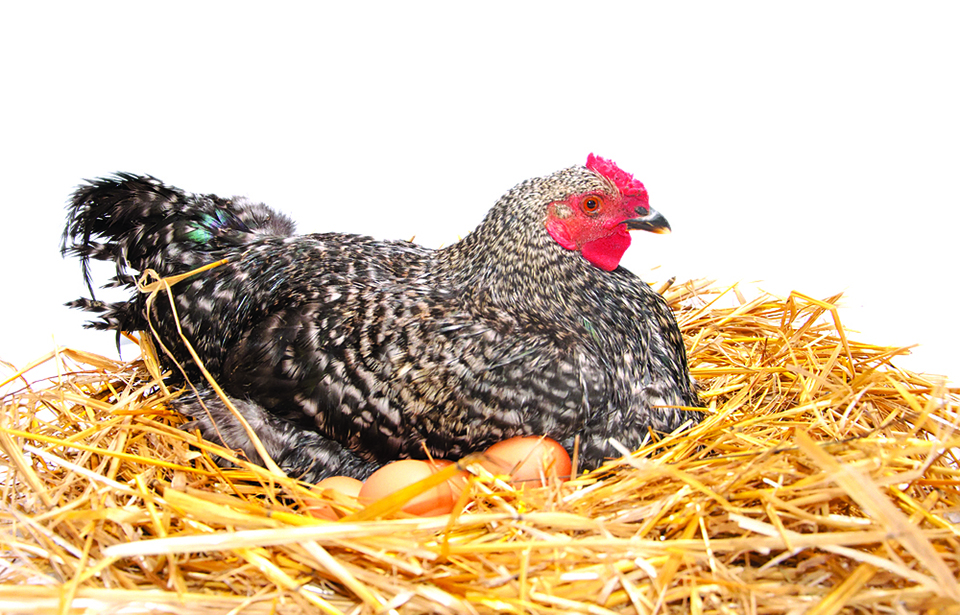
8. HENS CAN LAY EGGS ON THEIR OWN
Hens don’t need to wait around for a rooster. As soon as hens have reached puberty and are able to lay eggs, they can do so even without a rooster as long as they get at least 14 hours of light per day. Once the process begins, it takes around a whole day for an egg to fully form and be laid. After about half an hour, they can then start forming new eggs.

9.CHICKENS FOLLOW A PECKING ORDER
Chickens’ pecking order ensures that every bird has a role in the flock’s hierarchy. According to the Modern Farmer, chickens who are bigger and stronger quite literally peck others in a form of bullying in order to reach the top of the hierarchy.
The pecking order is complex but harmonious, determining who gets to eat and drink first or where certain chickens will sleep. The biggest and strongest chicken is responsible for the safety of the entire flock, in case of predators.
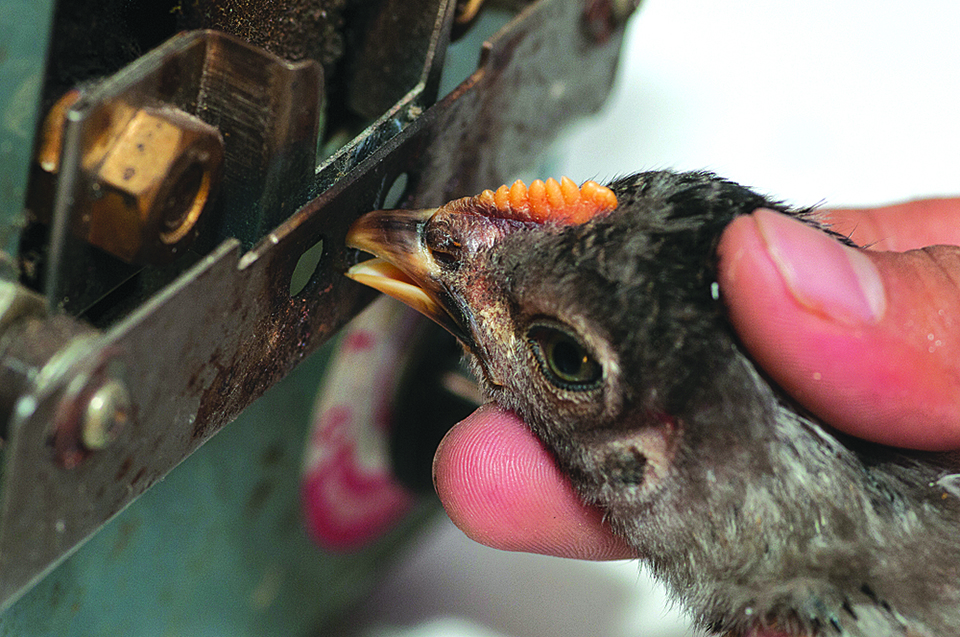
10. CHICKEN BEAKS ARE VERY SENSITIVE
Chicken beaks have nerve endings that have been likened to structures in human hands, making debeaking or beak trimming in animal agriculture particularly horrifying.
According to ScienceDirect, chickens bred for meat usually have their beaks cut and cauterized just five days after they’re born, leading to deep and lengthy suffering, which could’ve been avoided if they had been allowed to live in peace.






